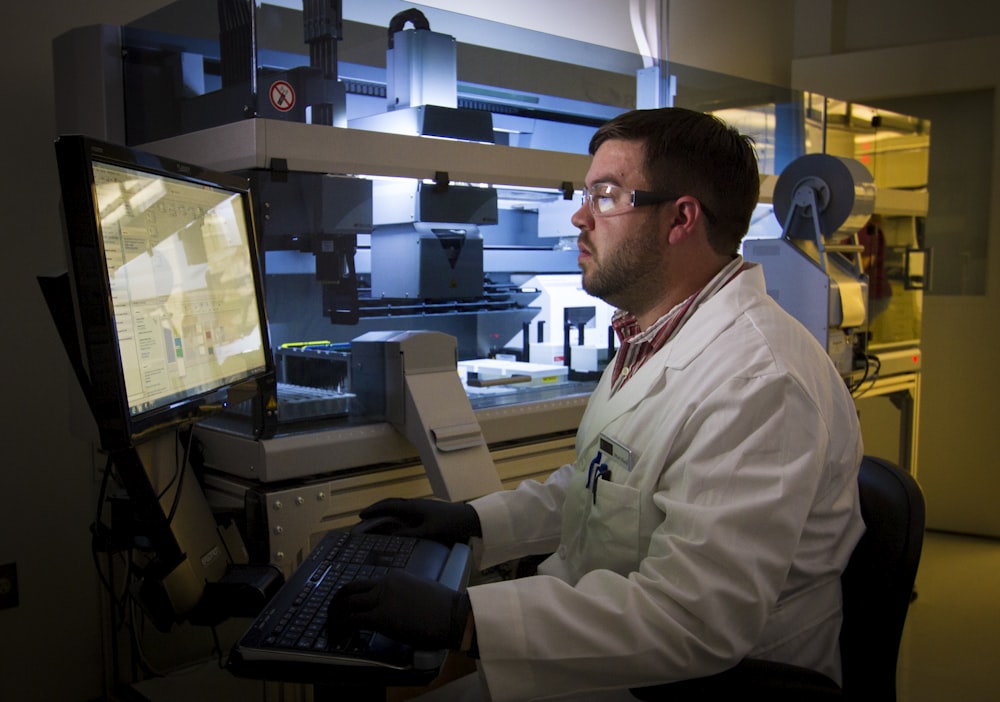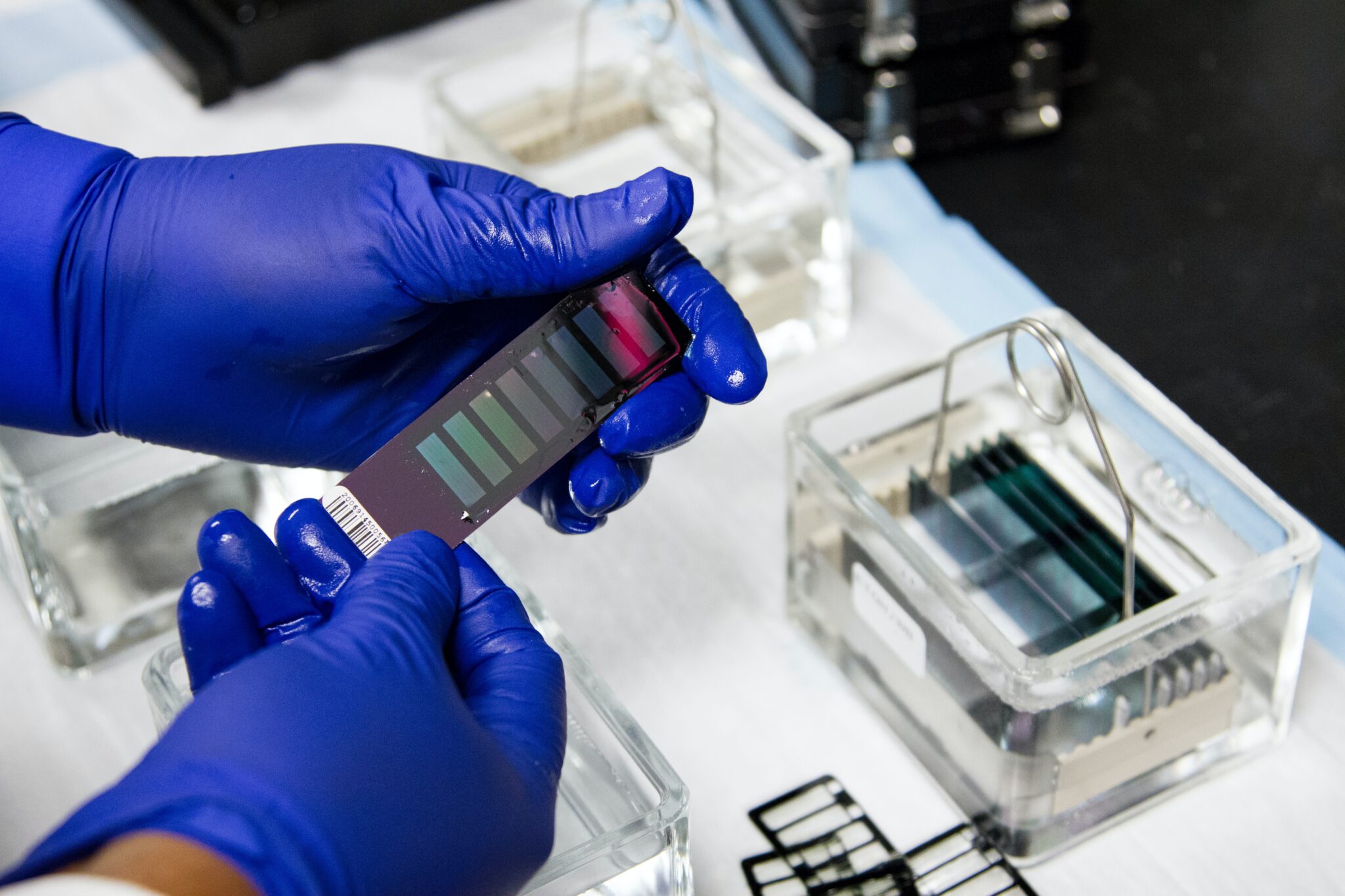As computers started taking over the world, they made sure not to miss perhaps the most important field for humans – medical science. Analogue became digital, archives became computerized, and so did medical science.
The major contribution of computer science in the world of medicine has to be data analysis. Data analysis is the process of cleaning, transforming, and analyzing different forms of data. Different kinds of tests can then be run on this reformed data to answer specific questions. Whether the tests are statistical or predictive, they make use of data analysis at every step.
Clinical Trials
Before a new medicine or vaccine is introduced in the market, it needs to be approved by government bodies. This is accomplished by showing them data that supports the purpose of the drug and analysis of said data to show that the results are significant.
People are incentivized to volunteering for clinical trials through attractions such as money. The volunteers are chosen according to certain demographics – age, gender – and their symptoms of the disease that the drug will be used against. These volunteers are then randomly assorted into two groups. One group receives the drug, while the other receives a saline solution or a non-active drug. Participants in neither of the groups are aware of whether they have received the drug or a placebo which ensures the reliability of the data. The results from the study, which constitutes thousands of participants, are added to different software, depending on the type of test that is being run. The difference between the results from both groups is cleaned to remove any extreme outliers and check if the tests’ assumptions are met. When this is completed, the data is ready to be analyzed.
The researcher then runs the tests and compares the results between the two groups. If the drug shows a significant improvement in the conditions of the participants in respect to their illness, it is one step ahead of getting approved and available for mass production and use.
Over 300 million ECGs are done in a year which provides sufficient data to help a machine differentiate between a normal heartbeat and an irregular one.
Diagnostics
Another use of data analysis in the healthcare sector is in the process of diagnosing a disease. People from different ethnicities tend to have different percentages of a disease in their population and show some variation in displaying their illnesses, leading a doctor to make a false diagnosis if they have not previously catered to people of that specific ethnicities. For example, a Hispanic man is most likely to have ‘bad’ cholesterol, and an Asian man is least likely to have high levels of ‘bad cholesterol. Such differences between ethnicities pose risks to the general population for being misdiagnosed.
If data is collected from different ethnicities regarding their portrayal of illnesses and combined, the doctors can use that data to more accurately analyze patients’ symptoms and compare them with the recorded data to make a correct diagnosis.
Data analysis also contributes to diagnostics with Artificial Intelligence (AI) to compare new data with previous ones, like observing irregular heartbeats. Over 300 million ECGs are done in a year, providing sufficient data to help a machine differentiate between a normal heartbeat and an irregular one. Similarly, Stanford researchers have developed an AI software that observes skin tags and lesions and accurately diagnoses them as benign or malignant tumors.

These methods of diagnosis with data analysis are fast, effective, and accurate. They can potentially save millions in finance as they prevent lengthy measures such as blood tests and biopsies. An initially high investment can lead to long-term savings that can be used in different healthcare departments.
Predicting Outbreaks
Different pathogens surround us. These disease-causing organisms are transferable and pose a big threat to healthcare systems. Recently, we have encountered the Coronavirus, a pathogen that spreads between people who come in close contact with someone already possessing it. The outbreak of this virus originated in China and has managed to spread all over the world.
Researchers collect data about the probability of the pathogen being in an area, the rate of transference, the likelihood of having the disease, the rate of travel within countries and between countries to examine how big of an outbreak there might be, and the causes for it. Areas within countries that are more likely to have a larger outbreak can better prepare their hospitals and staff to deal with it. Similarly, areas or countries with low rates of outbreaks can take precautionary measures to prevent a wider spread, such as imposing travel bans.
Staff Requirement
Another unusual use of data analysis in healthcare is the prediction of staffing. Using previous admission data of patients at different times of the year and the day, data analysis can predict how many patients are expected to make use of a hospital at any given time. Hospitals are crowded during the different holidays or at certain times of the day, which can cause an understaffed hospital to run slowly and lead to mistakes, some of which might prove fatal to a patient. If data analysis is used to predict the number of patients coming in, hospitals can have an adequate staff present. This will help prepare the hospital to have enough staff available on-site so that the hospital’s work can move more smoothly. By doing so, hospitals would avoid being understaffed and prevent the essential workers from being overworked to the point of exhaustion, which is a major cause of error in hospitals.
Feedback
Feedback is an important source of gaining information on how to improve service. Hospitals and clinics provide an essential service to people; hence they need to know anything that can help improve it. Feedback can be gained by having outgoing patients or their families fill a form or calling past patients and asking them a few questions regarding the service. These questions can include the response timing of clinicians and nurses, the behavior of the staff, the waiting time, and even the food from the cafeteria. Patients can be asked about their opinions on improving the service they were provided and how likely they were to recommend that service to their fellows. Their answers can then be input in software and analyzed to observe the major responses people have the most targeted recommendation that can then be implemented in hospitals.

Predicting Service Requirements
At times, countries have either too many hospitals or too few hospitals to provide for their population. In too many hospitals, some hospitals might be of easy access to people while others might not be, leading to a discrepancy in the ratio of doctors to patients. When there are fewer hospitals than an area requires, the present hospitals are overcrowded, and service to patients becomes slower, leading to more errors and overworked staff. If the number of patients using hospitals in a certain area is carefully analyzed, it can help predict how many hospitals are required in that certain and the size of these hospitals.
If an area has a larger number of hospitals than it needs, then some of these hospitals can be shut down, saving finance that goes into operating them. This saved money can be input into existing, working hospitals to improve their efficiency and patient satisfaction.
On the other hand, if an area requires more hospitals, the government and the private sector could be made aware of it. This would prove to be a great investment for both sectors and would benefit not only them but also the wider population.
Preventing unnecessary Emergency Room visits
Normally, data between hospitals is not shared. This means that if a person were to go to the Emergency room (ER) in two different hospitals, at two different times, for the same issue, they would have to get all the tests and checkups done twice. This can be prevented if the data of patients is shared between ERs. The patient’s details could be cross-referenced to patients from other ERs, and if they happen to have been checked at another hospital for the same complaint previously, the next doctor could be made aware of this. They could have access to their test reports and medication prescribed so that the treatment they propose next is built up from the previous one and not started from scratch. This method helps prevent unnecessary use of lab facilities which are a wastage of precious time and money. People who use the method of going to different ERs to get prescription drugs such as pain killers or opioids to abuse can be distinguished and help save resources while also lowering drug abuse rates.
Conclusion
Data analytics may be a part of data science, but it is hard to ignore its importance in the medical world. Not only does it help researchers to finish their studies, but also the general population and the hospital workers. It helps allocate funds to the right departments, prevents wastage, and is time-saving for organizations and healthcare workers. If we were to use data analysis fully, we would get the listed benefits and many more. And who knows, we may even be able to cure cancer with it!
References
Also Read: TALKING CLIMATE CHANGE, DISASTER MANAGEMENT, AND THE GEOLOGICAL STATE OF PAKISTAN WITH DR. QASIM JAN
Isna Maqsood is a second-year BSc. Psychology student at Queen Mary, University of London. She aspires to become a clinical psychologist willing to work for mental health awareness in Pakistan, through writing and practical work. She could be reached at; https://www.linkedin.com/in/isna-maqsood-869ab11a3

